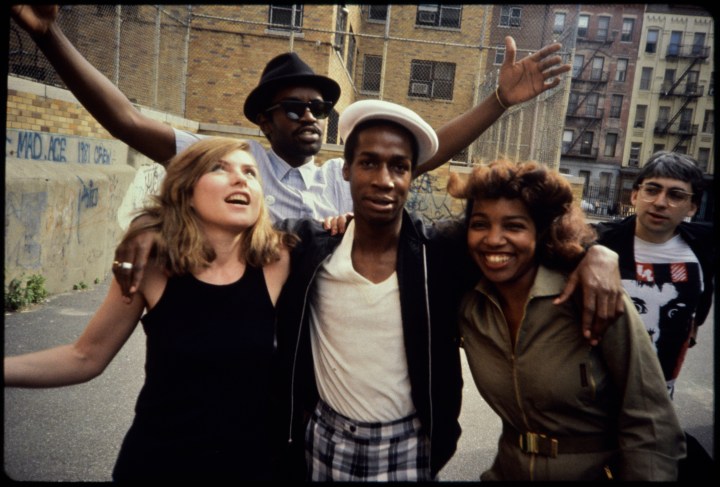
Hip-hop traces its roots to economic hard times

A photo exhibit at New York’s Fotografiska museum connects hip-hop’s emergence in the 1970s with the economic problems convulsing the country, New York City, and the borough of the Bronx at the time.
Hip-hop is thought to have started at a party in the Bronx in 1973. The art form quickly grew with early pioneers such as Grandmaster Flash, who used music to communicate about their neighborhoods’ travails and call for change.
During the 1970s, the U.S. experienced back-to-back recessions and severe inflation that peaked above 13 percent. At the same time, New York City was struggling to pay its bills. The city almost went bankrupt.
And, in the largely Black and Latino neighborhoods of the South Bronx, there was socioeconomic upheaval, as lower-income communities felt the brunt of the cutbacks New York officials instituted to deal with the fiscal crisis.
“What is really striking about these cuts is that they are very haphazard,” said Kim Phillips-Fein, a history professor at Columbia University and author of “Fear City: New York’s Fiscal Crisis and the Rise of Austerity Politics.”
“They affect many different departments of the city government, the police, the fire department, education, parks,” she said. “There are cuts really all throughout the city’s agencies.”
The resulting calamity left much of the Bronx in ruins. Some landlords even paid arsonists to torch their properties for the insurance money.
Meanwhile, residents were using the few resources available to them to create art in a new form, using turntables and spray paint as their tools. One photo in the exhibit shows a group of kids breakdancing on homemade dance floors made of cardboard boxes procured from local stores.
“Hip-hop came from … sadness. It came from trying to find a way to exorcize these societal demons,” said Sacha Jenkins, the co-curator of the Fotografiska exhibition, which chronicles all five decades of hip-hop through photos.
“And in many cases, when it came to the rappers, they became de facto leaders … because we didn’t have social capital,” Jenkins said. “We didn’t have, necessarily, political power.”
The exhibit’s photographs chronicle the early days in documentary fashion, with artists backdropped by crumbling buildings and urban decay.
More recent photographs are often displays of success and wealth for magazine and album covers, including a particularly striking 1990 portrait of a young Queen Latifah.
The photo exhibit runs through May 20th.
There’s a lot happening in the world. Through it all, Marketplace is here for you.
You rely on Marketplace to break down the world’s events and tell you how it affects you in a fact-based, approachable way. We rely on your financial support to keep making that possible.
Your donation today powers the independent journalism that you rely on. For just $5/month, you can help sustain Marketplace so we can keep reporting on the things that matter to you.

















